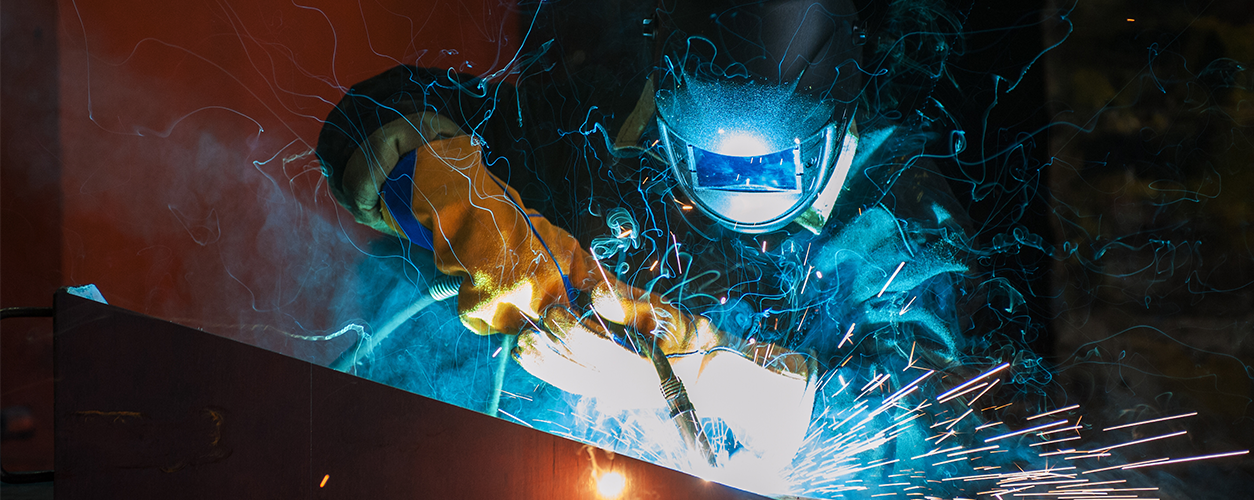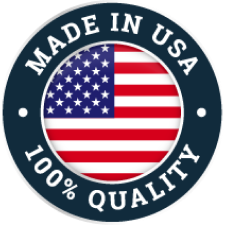
Many industrial practices are hazardous, not just because of the task itself, but rather the pollutants it produces. One of those practices in particular is welding, which creates fumes and gases that are highly toxic when inhaled.
Problem
Welding is a process that involves high temperatures and different substances. When combined, a vapor is produced which then oxidizes with the air and results in the formation of fumes. The most common gases emitted during welding are ozone, nitrous, and carbon monoxide. That’s not even factoring in the other pollutants released from filler materials and coatings.
Health Effects
The fumes produced from welding consist of fine (<2.5 μm) and ultrafine (<100 nm) particles that can reach the narrowest airways of the respiratory system and enter the bloodstream. Depending on the welding materials and duration of exposure, hazards include:
Solution
To protect welders, organizations like American Conference of Governmental Industrial Hygienists (ACGIH) and Occupational Safety and Health Administration (OSHA) have published exposure standards.
To ensure the health and safety of welders, exposure can be controlled by an air filtration system. MatrixAir specializes in industrial air filtration systems, like the MaxMount2000, offering 1650 CFM for heavily contaminated spaces.
For more information about the benefits of a MatrixAir filtration system, call us at (603) 863-7553 or email [email protected].
